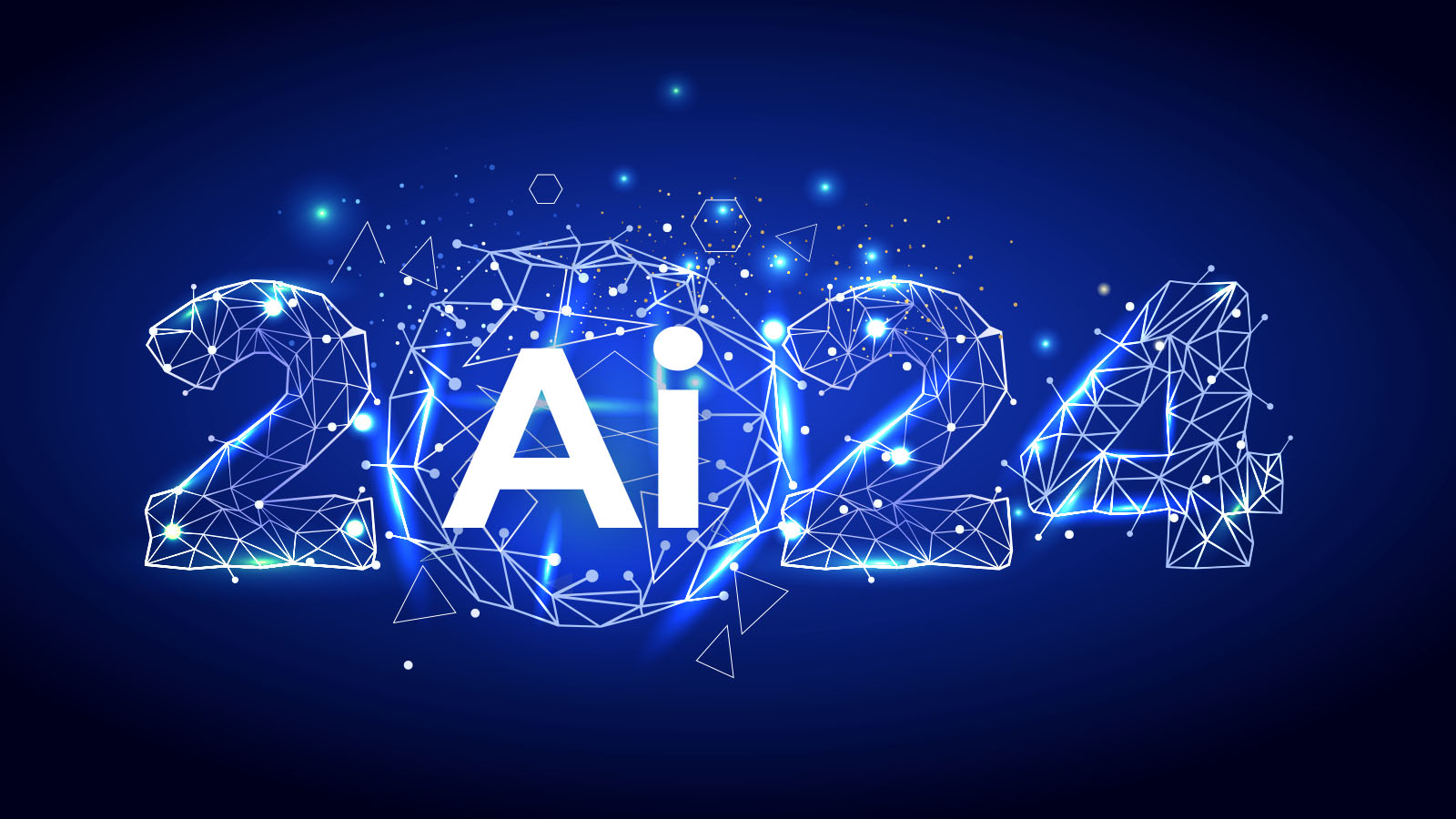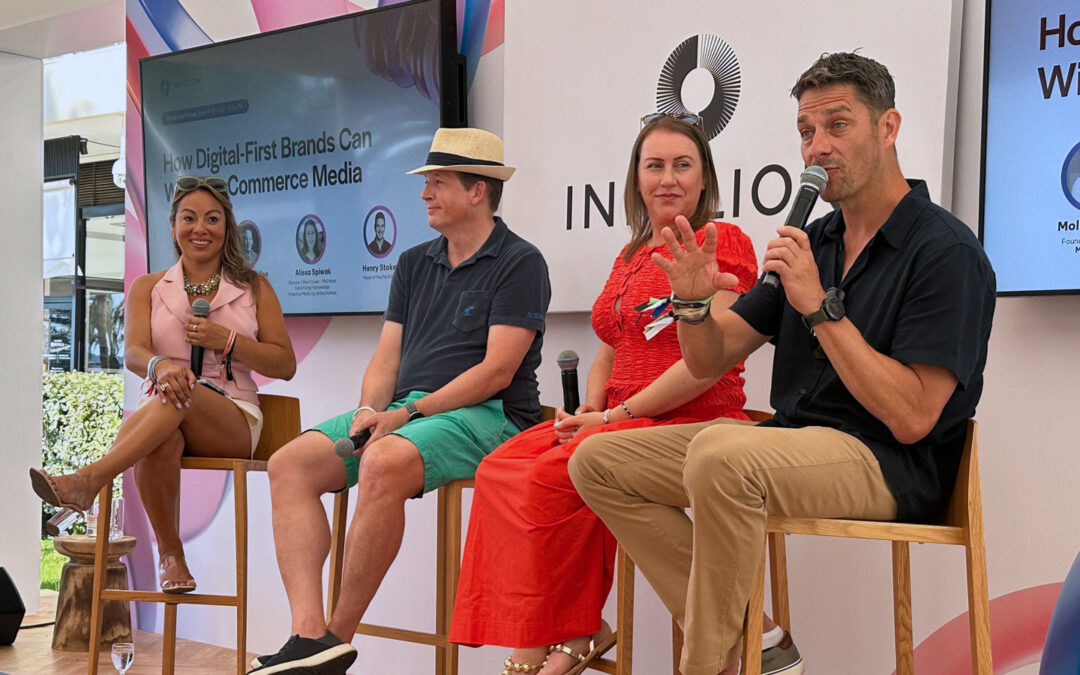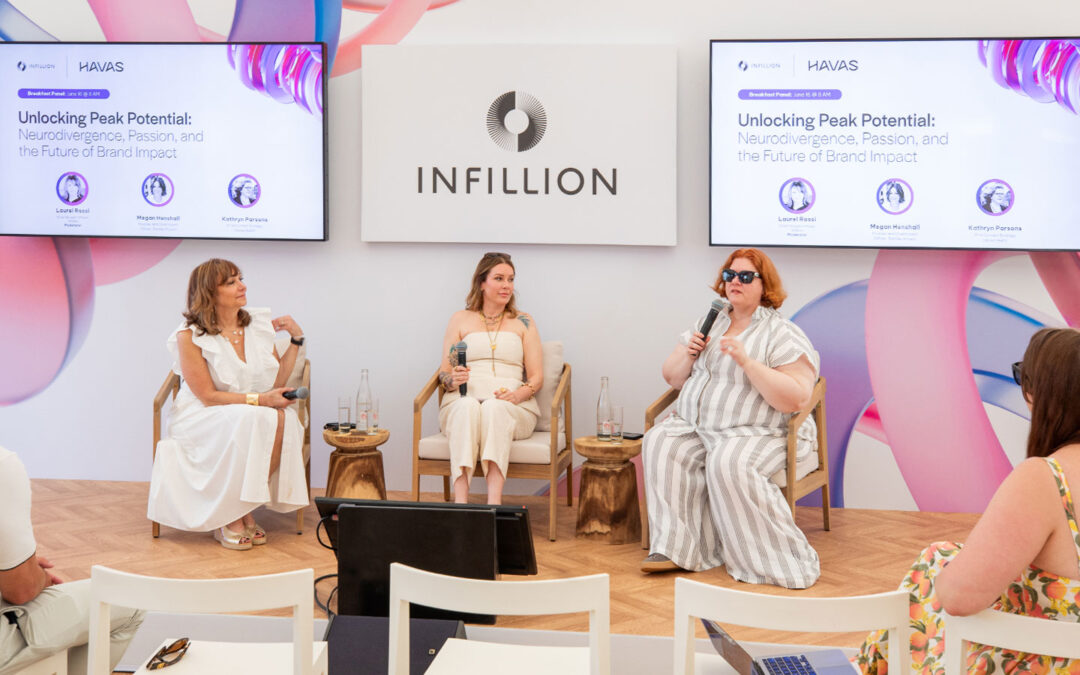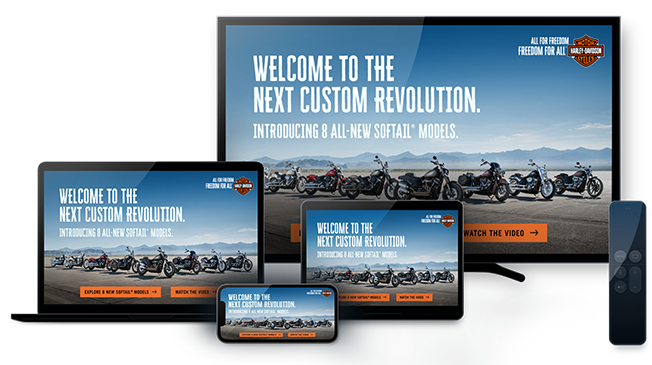Why AI Is This Year’s Ad Industry Buzzword (Again)

You probably heard a lot about artificial intelligence (AI) in meetings, at industry conferences, and in team brainstorms in 2023. Well, you’re going to hear about it a lot more in 2024. Infillion tapped the mind of David Berkowitz, a longtime industry insider who now runs the AI Marketers Guild, a networking and resource group for marketers looking to navigate the buzzword-filled, occasionally contentious world of AI.
We asked David about trends versus meaningful industry change, innovative brand uses for AI, and more. And, if you’re already experiencing AI overload, David has at least one reassurance for you: “It’s hard to have even more discussion about AI than what we had in 2023.”
It’s 2024. Do you think this year will see more or less nonstop discussion of AI in the advertising industry?
I expect a little less talk and a lot more action. It’s hard to have even more discussion about AI than what we saw in 2023. AI is a very big deal though. It’s not the worst thing. What will fade over time – if not this year, then next – is using AI as some crutch, catch-all, buzzword, and balm. Saying your agency or ad tech solution is AI-powered doesn’t mean anything when anyone can subscribe to the ChatGPT API or incorporate some off-the-shelf tech. If I use Claude to grammar-check my responses, AI becomes part of my process, but who cares?
One other factor will keep AI discussion going: it’s fun. While the wow factor will wear off, it’s visceral. Look at other areas that are top-of-mind for advertisers: retail media, connected TV, the death of third-party cookies. Selling more beans to Wal-Mart shoppers doesn’t exactly have the futuristic, creative, and even scary potential that any mention of AI can muster.
It reminds me a bit of the early days of social media marketing. Search was a much bigger deal, and it remains Alphabet’s cash cow, but social was more fun. The challenge remains the same: paying enough attention to where things are going without losing focus on what’s most impactful today.
Digital advertising has obviously been using various forms of AI for decades, yet “AI” has taken over the industry dialogue thanks to the rise of generative AI like ChatGPT. What are some of the more promising AI tech developments that might not be getting so much attention?
It’s hard to separate discussions of AI from generative AI, since the generative realm is what’s capturing everyone’s imagination right now. As ChatGPT and Midjourney gained momentum, then the industry started paying attention to the opportunities and threats on the creative side. What we’ll see this year is much more of a return to where AI can impact data and media planning.
Many tech companies big and small are working on what I call a version of the ‘Easy’ button from the Staples campaign. Most people don’t want to just buy Instagram ads or run a CTV campaign; they want the ads to do a job – and usually that means contributing to sales. AI has the potential to make non-intuitive connections that get the right messages to the right audiences at the right time.
Google’s Performance Max is the best-known example of such tech, but way more is coming. It’s the messaging around AI that has become more prominent. The product page says, “Work together with Google’s AI to drive better results…” According to Archive.org’s Wayback Machine, in March 2023, Google shifted the language on its Performance Max site from talking about automation to featuring AI.
What do you think marketers are missing by focusing so much on generative AI rather than other developments in machine learning and artificial intelligence?
I don’t think marketers are missing much yet because there is so much to keep track of and learn right now. Generative AI is a transformative technology, and it’s visceral. Go into Microsoft Copilot and tell it to make you a picture of something, and it does it – it’s like magic. So I’d say it’s less that marketers are missing out on anything, but more that one can’t only pay attention to the generative side, and that probably will be one of the biggest shifts in 2024.
What’s most important for marketers to consider is that AI can impact everything – any kind of workflow, any job that needs to be done, and of course any kind of output. A conversation about where AI should (and shouldn’t) be used in the hiring process is going to be way different from exploring how AI can be used in the sales process.
Brands’ response to generative AI has mostly been how they can use it, but what do you think they need to process with regard to how they’ll operate in a world where consumers are widely using generative AI? After all, if a consumer’s instinct is to ask ChatGPT how to clean up red wine that spilled on a white carpet, brands that make carpet cleaners and run search ads for people with wine-spilling dilemmas might not be seeing as many clicks.
iCrossing, the first agency I worked for, once had the tagline, “Search is in everything.” I’m not sure it made sense then, but I like it now in this Age of AI.
The AI algorithms known as large language models (LLMs) are getting their information from several ways, such as publicly available digital data, sources that the LLM’s owner pays for (e.g., OpenAI doing a deal with Axel Springer), and search engines (Google runs Bard, ChatGPT plugs into Bing). While LLMs can hallucinate (make things up), most of the info is coming from other sources, so having strong SEO and PR programs may prove to be more important than ever to ensure that a given brand is the source of truth for the LLMs.
Search traffic is likely to decline though, and Google is including AI-powered information at the top of search results for a growing array of sources. Brands will have to keep doubling down on owning as much first-party data as they can and adapting to a world where search traffic is a far less reliable customer acquisition source.
And, of course, we have to ask this: What’s been a brand’s use of generative AI that has genuinely impressed you? Right now, the most successful examples seem to be quick ways to be part of a meme on social media, like the Nicki Minaj “Gag City” bandwagon effect.
A lot of campaigns are gimmicks right now, and that’s okay. Whenever there’s new tech out there that captures consumers’ fancy, marketers go crazy with the wink-and-nod approaches. Generative AI has unleashed way more of that given the creative applications.
A favorite of mine comes from Realtor.com’s AI Dream Home, which invites visitors to use an AI image generator to create the house they’ve always wanted. And then Realtor says, “We’ll help find it for reals.” This isn’t the most advanced use of AI, and that’s good – it’s one straightforward, accessible application that lets people create shareable assets relevant to what the company offers.
The Infillion blog is full of insights about everything from AI voice control to the push to invest in minority-owned media. Check it out and see what’s new!
Subscribe to our blog:
Related Posts:

The Consumer-First Approach To Commerce Media Network Success
Your airline is an ad platform now – and so is your bank. Commerce media networks are one of the most interesting areas of growth in advertising, and at Cannes Lions, plenty of them were onsite to talk about it. That’s a conversation that we explored at the Infillion...

Why Neurodiversity Will Lead The Way In The AI Era
One in five employees today identifies as neurodivergent – as having autism, ADHD, dyslexia, or other cognitive variations – and that’s only going to grow. According to research from ZenBusiness, fully half of Gen-Z identifies with neurodivergence on some level....

How Brands Can Win In Times Of Uncertainty
The 2020s have been defined by relentless uncertainty across every industry. For brands and advertisers, it’s been one curveball after another - with the pandemic, AI, and inflation rapidly altering consumer behavior and shifting goal posts. As 2025 reaches its...
Let's Connect

